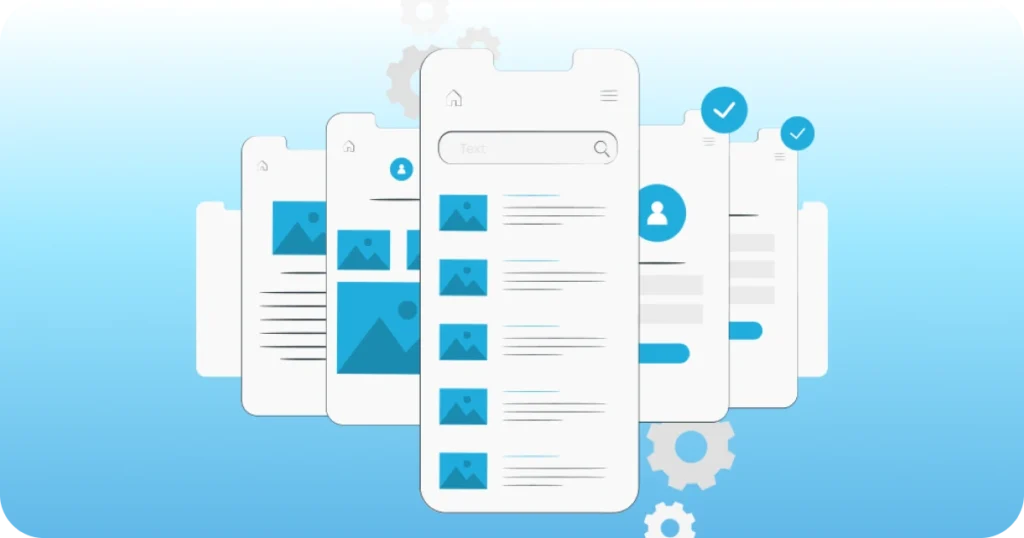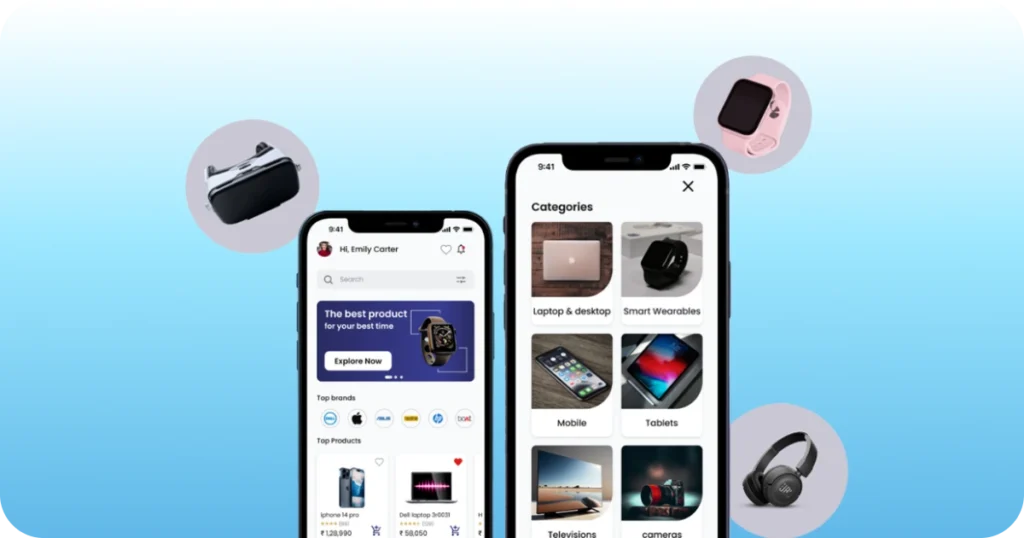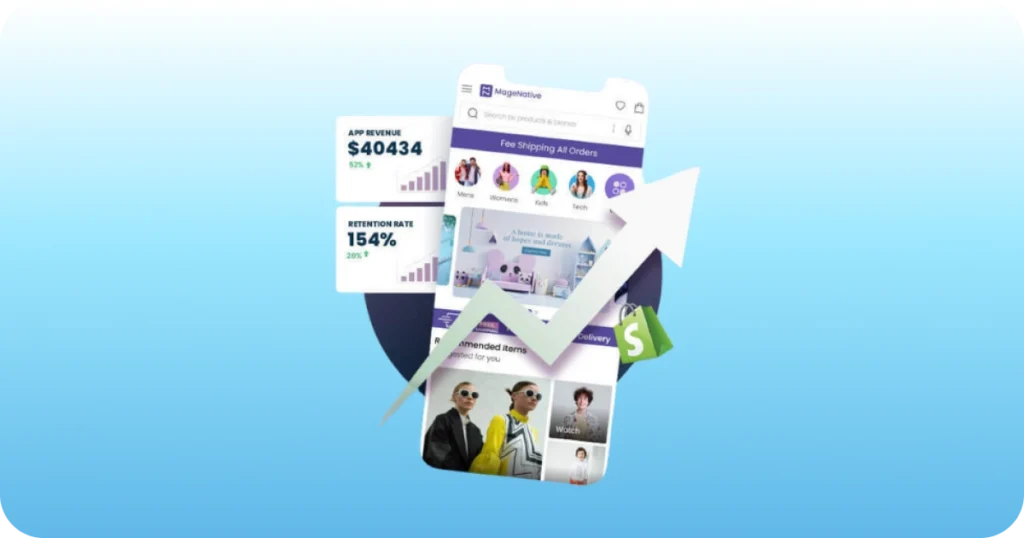Introduction
In the fast-paced world of mobile apps, which millions of people download daily, success is not about enticing the user initially but keeping them engaged over time. One of the most critical terms for marketers and app developers is retention rates. Let’s unravel the dimensions of Retention rate, understand how to calculate them, and explore valuable insights from mobile app experts.
What is the Retention Rate?

The Retention Rate is the percentage of people who continue using your app over a given period (week, month, or quarter). It is inverse to user churn. (For example, In 100 days, you have 20 days of retention, the Retention rate is 20%, and the churn rate would be 80%.)
Cohort analysis is an analytical technique that classify and distribute the data into groups with homogenous character.
Wisdom Words from Experts:
According to Todd Grennan, Senior Producer at AppBoy, understanding your app’s Retention Rate analysis compared to the industry’s benchmark is crucial for crafting an effective customer strategy. Alex Walz, Head of Growth at Lighter Capital, adds that the true success does not lie in the number of downloads but in the active users of the apps.
Calculation of Retention Rate:
There are two primary ways to calculate Retention Rate: Aggregate Retention Rate and Cohort Analysis.
Aggregate Retention Rate:
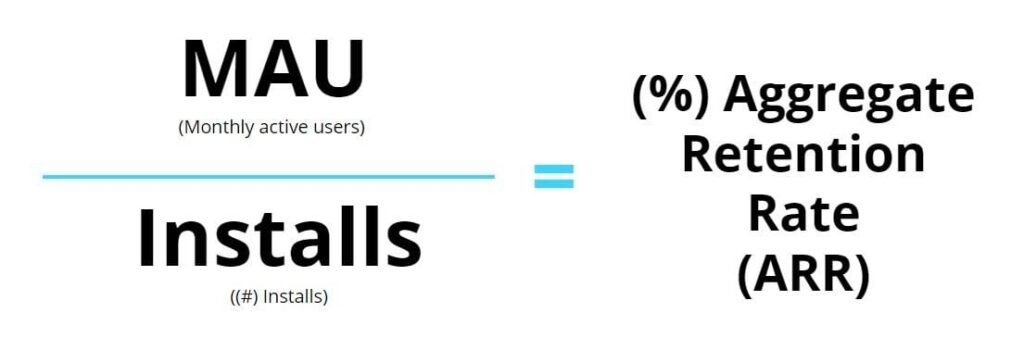
It is the total number of monthly active users (MAU) divided by the total number of installs in that particular time frame.
MAU / # installs= % ARR
Cohort Analysis:
Cohort analysis is a retention analytical technique that classify and distribute the data into groups with homogenous character. It compares the users who downloaded the app around the same time with the other clustered users (cohorts).
(#) Users retained at the end of the period / (#) installs at the start = (%) Retention Rate for Cohort.
With the help of the Cohort analysis, you can analyze the data weekly, monthly, and quarterly for specific apps.
For example, If you get 10,000 app installs at the start of the month and 2500 users are retained at the end of the month, your Retention Rate will be 25%.
2500/10,000= 25% Retention Rate.
How to Increase the App Retention Rate?
So far, We have discussed the meaning of app retention and how it can be calculated. Now, let’s learn some stratgies for how to increase the app retention rate.
The marketers are setting strategies to get the users hooked to their product, leading to different results. A rise in behavioral psychology gives the marketer an edge to learn new tricks to drive users crazy and increase the company’s sales funnel.
1. Upgrade the App’s Onbording Process

When many users leave your app after downloading it immediately, you have to show your strength and the value of users.
Firstly, ask yourself a simple question. “ What are some effective methods to keep the onboarding process seamless and straight to reduce user friction in an app?
- First, reduce the app’s unnecessary steps to bring users close to the conversion rate without frustrating them.
- Display the content in a list, grid view, or map, whatever suits users.
- Allow users to sign in with their personal social media accounts to make the process hassle-free with quick steps.
- Highlights the prominent features of your app.
- Secondly, ask yourself, “How can I figure out what my users are doing after onboarding?” This is so important because it will tweak your current strategy.
- A/B testing with the app can help you understand what users want, and it will help you accomplish the result you want to see.
- A study found that 78% of the users go off within the first three days of installing an app. If you make your users stick like a bee on honey, you are on your way to success.
- Try to create Aha! Moments by showing the actual value for users.
2. Capitalize the mechanism of triggers and inspire users.
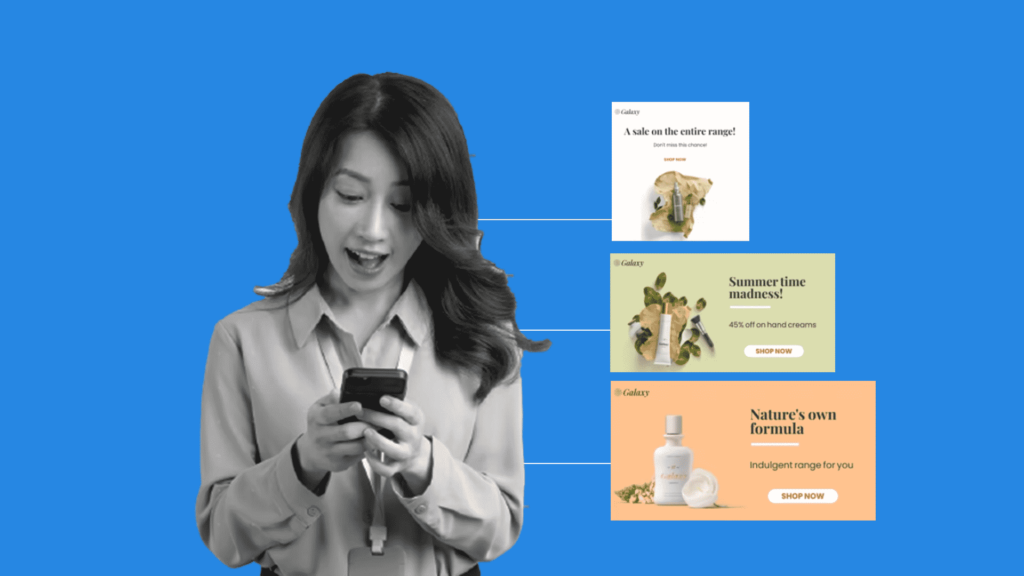
There are some ways to trigger users in your app. Push notifications are pop-up messages specially sent on devices when an app is not running in the background. For example, many game-related apps tell users to log in daily to boost their points, or Instagram notifies them of messages like interacting with friends or posting a picture. These are all In-app personalization techniques.
Ensure that the notifications users receive are relevant and don’t spam users’ filters. It can double the engagement rate of the user. Understanding consumers can allow marketers to offer specific content to the users.
Use exclusive deals, customer loyalty programs, and investment through rewards for customer retention. Add fresh content to interest users in your app- text, music, visuals, or exclusive deals- and increase the likelihood of users returning.
Use the Fear of Missing Out Strategy to make users feel they are missing something when logged out.
3. Ensure the Highest Quality and Consistent Softwares Updates.
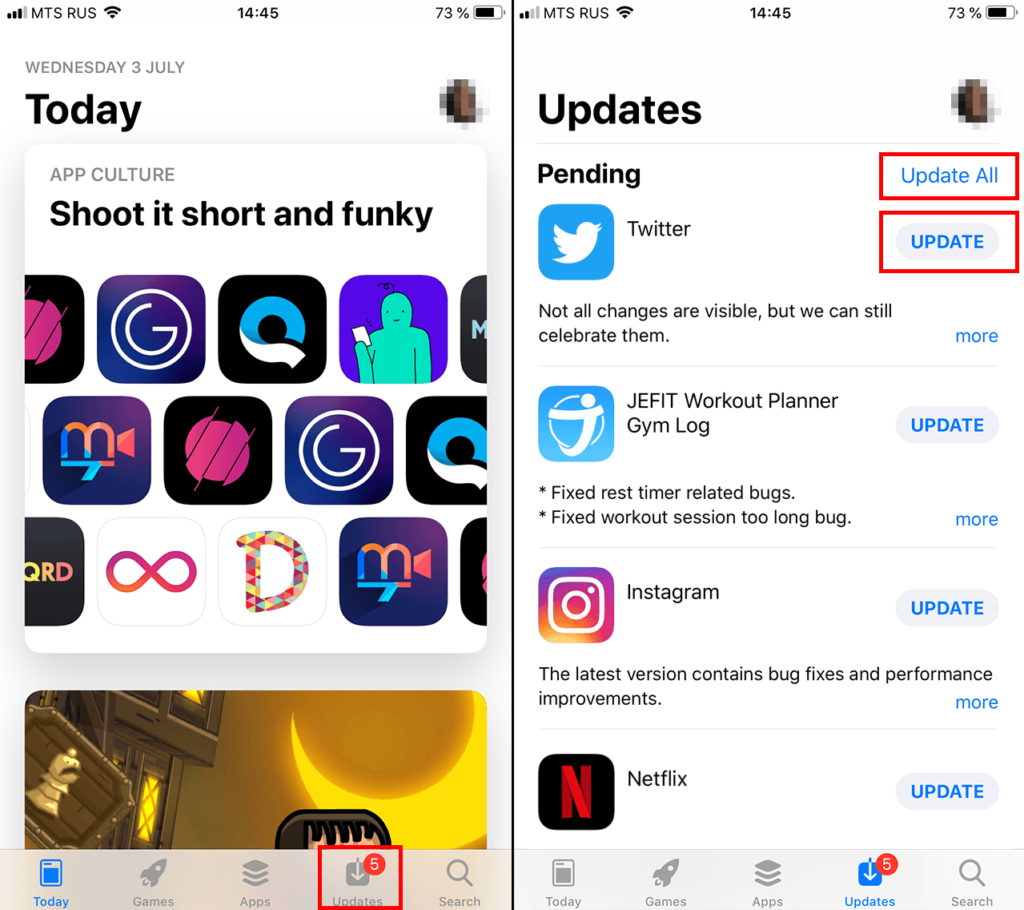
Indeed, users do not stay for long in the app if it is not engaging enough. There are various reasons which can turn an app into a bad one.
- Unexpected shutdown of app.
- Increase in load times.
- Increase in the issue of ANR (application not responding)
Google gives rewards to high-performing apps with an increase in organic traffic. Apple rewards the ‘Good quality’ apps with higher ranking.
Some ways to keep the app updated:
- Analyze your analytics to decode the hidden code behind users.
- Make the user interface functional and straightforward.
- Improve the responsiveness of the users to increase the retention rate.
4. Understand and Communicate with Your User
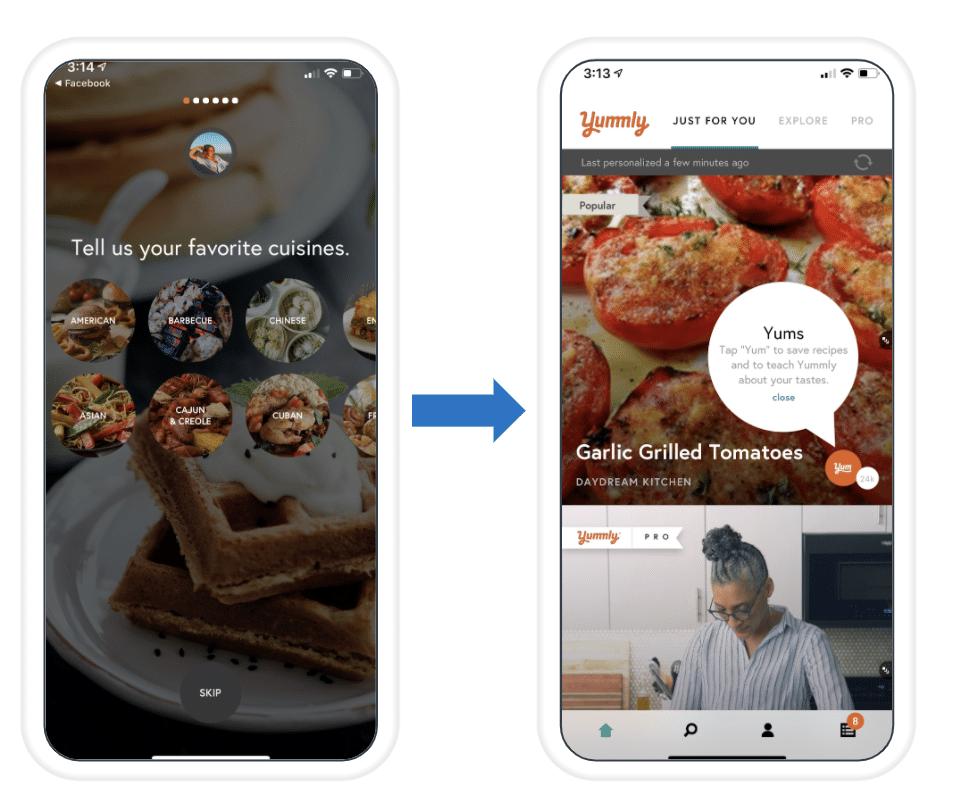
Communication is a prominent part of any realm of life, and user retention is not new. If you design your app around the daily routine of users, then they will be less likely to leave. You can recognize the trend with the help of customer satisfaction metrics that lead to retention. Try to understand their demographics. These are all part of the users’ engagement tactics.
If you want to convert a consumer into a loyal one, make them part of your brand. For instance, to promote their “What is Perfect Conference,” TedXPortland launched a mobile app emphasizing the word ‘perfect’ in user-generated pictures shared on social media.
This instantly created a buzz in people’s minds about what the picture meant, which helped promote the conference. This photo was later used on the event’s walls as part of the proper setting. Use two-way communication to receive feedback and solve customer complaints.
Conclusion
In the dynamic universe of mobile apps, where downloads abound, the key to victory does not lie in the attraction but in sustainable engagement —measured by the elusive retention rates. Unveiling this metric’s intricacies, we’ve delved into calculations, expert insights, and strategies for tweaking app retention. From streamlining onboarding processes to meaningful communication, each step brings closure to app retention. The journey to success in app retention is the mixture of understanding, adapting, and consistently exceeding user expectations—bringing dreams to life, one interaction at a time.
